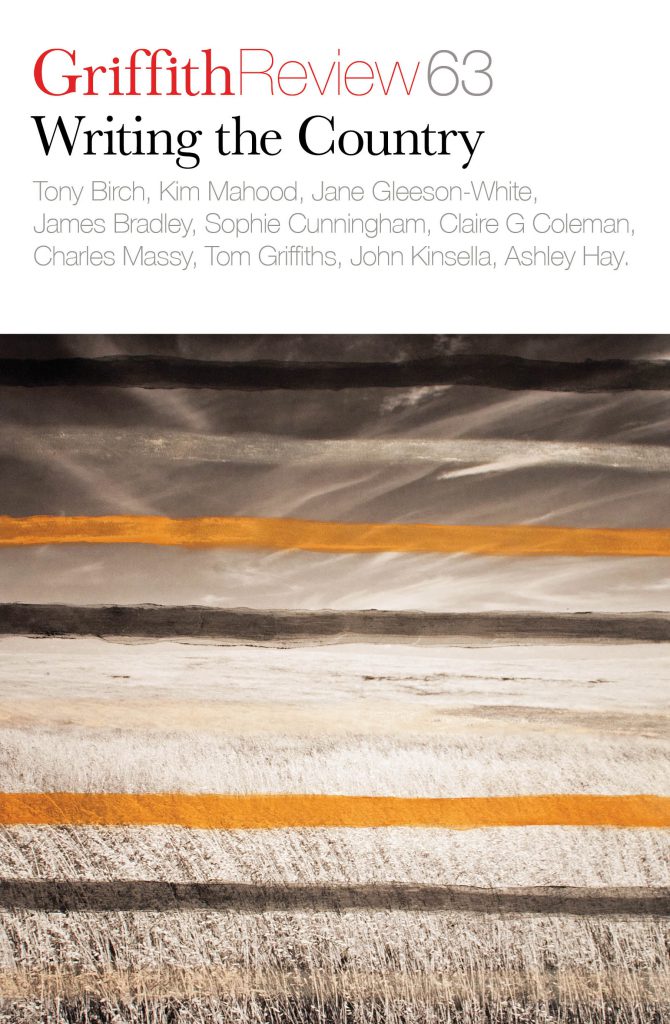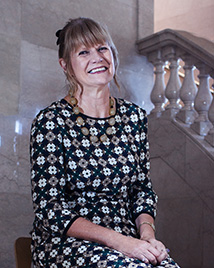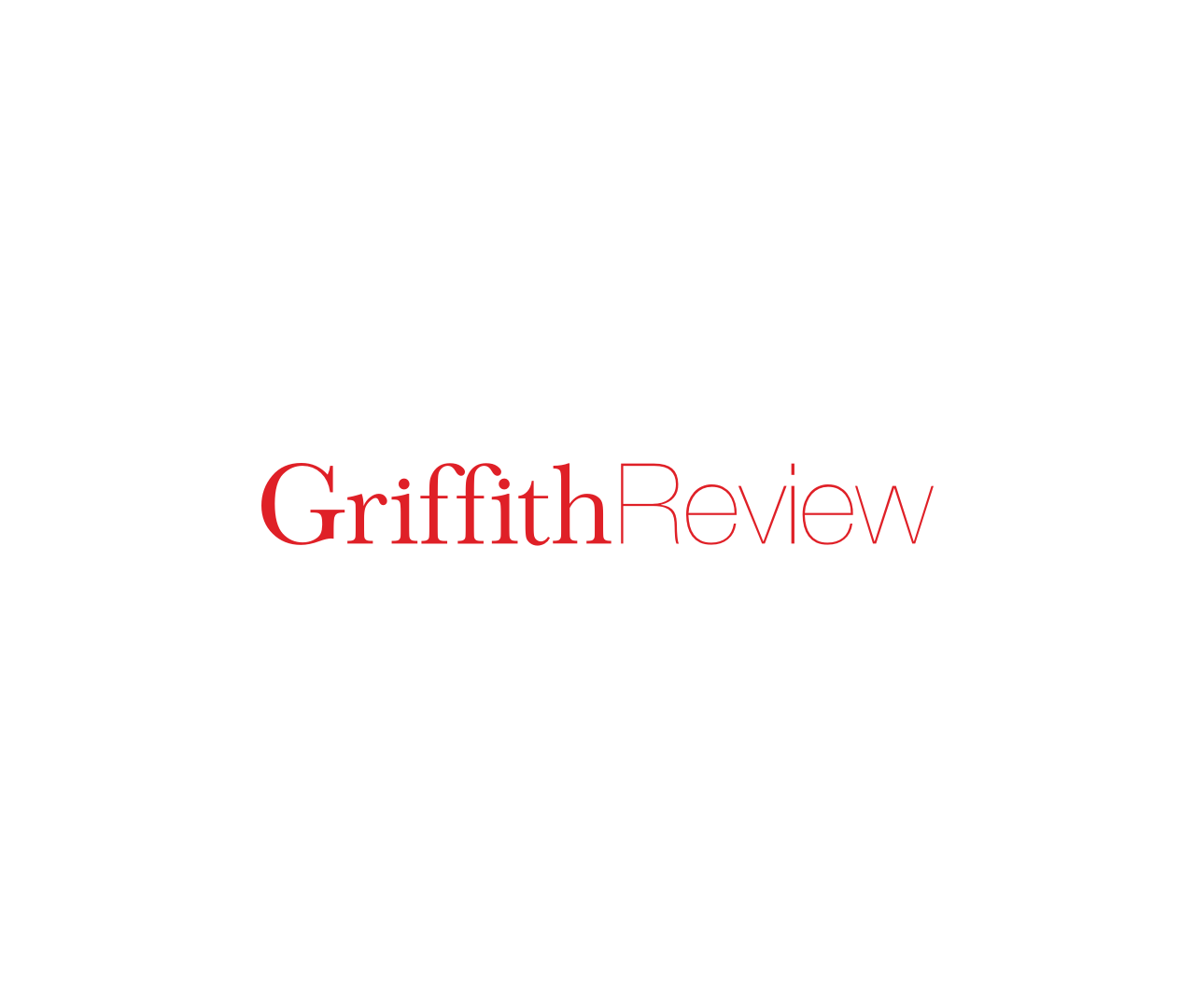Featured in

- Published 20190205
- ISBN: 9781925773408
- Extent: 264pp
- Paperback (234 x 153mm), eBook

Already a subscriber? Sign in here
If you are an educator or student wishing to access content for study purposes please contact us at griffithreview@griffith.edu.au
Share article
About the author

Grace Karskens
Grace Karskens is Professor of History at the University of New South Wales. Her book The Colony: A History of Early Sydney won the...
More from this edition

Geebung, near Braidwood
PoetryThis is barefoot country even now, in early winter when the cool mountain air dampens the risk of a startled snake rising in your path. This is sitting-still country – where...

A fragile civilisation
EssayAT THE SAME time as a headline in The Guardian announced: ‘Indigenous Australians most ancient civilisation on Earth, DNA study confirms’,[1] we could also...

Lost and found in translation
EssayThe vast continent is really void of speech...this speechless, aimless solitariness was in the air. It was natural to the country. DH Lawrence, Kangaroo UNLIKE MANY...